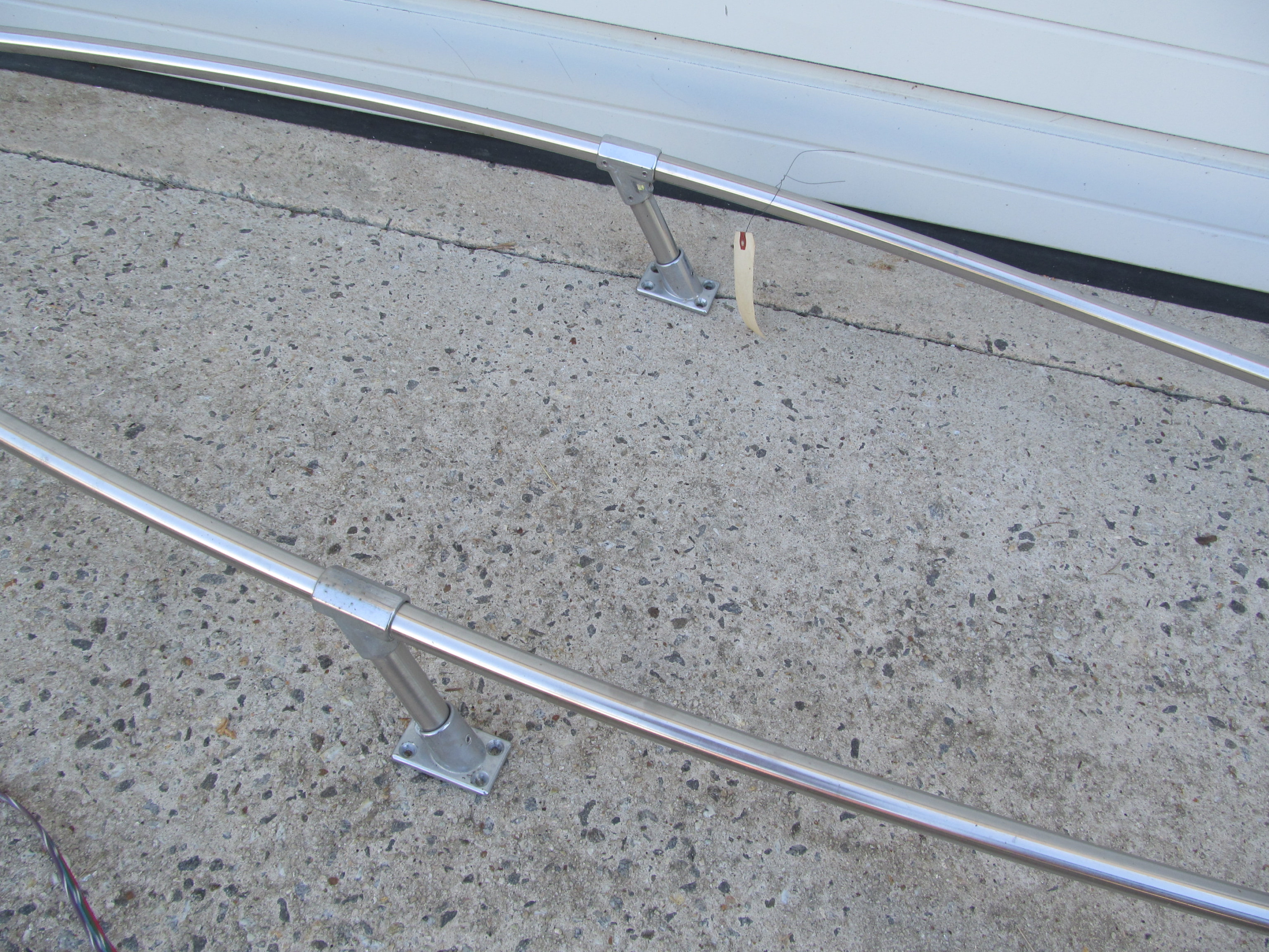

Failing that, please it on some tissue paper to catch any oil that needs to run off and which will otherwise fall onto the rails and then onto your track to run. If you don’t have a rolling road, run it on some test track for a few minutes. Then run the motor on a rolling road for a few minutes and apply again. It can also useful to place a tiny amount in the holes where axles fit into the wheels on rolling stock. I place it on the cogs, worm gears and coupling rods where they attach to the wheels. Alternatively, dip a needle or straightened paper clip into the oil or grease and apply it. The Labelle oils recommended above come with needlepoint dispenser, just place this on the points to be oiled and squeeze a tiny drop out.
Best tiny rails engine how to#
How to apply oil and grease to trainsĪside from using the wrong type of oil for servicing locomotives, another common mistake is to swamp the gears, motors, axles and rods.ĭo this and it’ll run into places you don’t want it, including the motor itself and onto the rails so the train wheels just slip and slide. I’ve also had success using Woodland Scenics lubricant.

Alternatively, Gaugemaster’s oil is recommended. Old style sewing machine oil and fishing reel oils are recommended by many old-school modellers. If you can’t get these, check the lubricant is plastic compatible and a light oil. My personal recommendation for the best lubrication to use on gears Labelle products labelled as plastic safe, in particular, Labelle #108 oil. Instead, use dedicated oils and greases for small components. So what is the best oil and grease to use for model trains? They may eat through and dissolve many materials used in buildings and scenery around your layout, so if you spill some it can be bad news.įor these reasons never use cooking oil, WD40 or 3-in-1, even though some YouTuber’s suggest using it. The gears and cogs of N, OO and HO scale model trains are obviously much smaller than those in cars and other mechanical devices found in homes so normal oils won’t work and can even be harmful to the delicate plastics and paintwork of rolling stock. What oil and lubricants NOT to useīut you can’t just use any oil or grease. They are commonly used in railway points for example. These have the benefits of fluid lubricants but are used in environments where the introduction of particles, carried as liquid oils flow around, would interfere with the operation. Given their thicker composition greases stay in place longer and are typically used on internal surfaces that are hard to reach and which can’t be oiled regularly or on external gears where the oil will run off and may cause other problems, in the case of model railways making the rails slippery for example.Īlongside these two types of lubricant are non-liquid forms. Oil is a liquid while grease is usually an oil that has been thickened with additives to prevent it running off surfaces so quickly but when compressed - between the cogs of gears for example - it still protects them and reduces the friction just like oil. Oil and grease are both lubricants and closely related. What’s the difference between oil, grease and lubricant
Best tiny rails engine free#
> Updated: Links to UK supplier for Labelle products with free postage now added. This is what lubricants prevent, reducing friction which reduces their lifespan. Gears, for example, need to turn but you don’t want them sticking or locking together. They feature moving mechanical components (gears etc) that need lubricating to operate smoothly. From time-to-time every model locomotive needs oiling to keep it running smoothly.


 0 kommentar(er)
0 kommentar(er)
